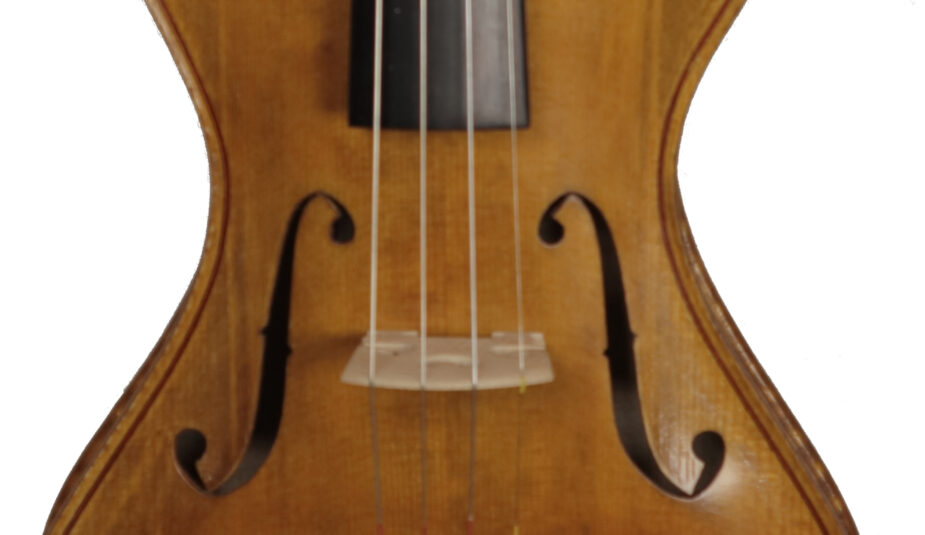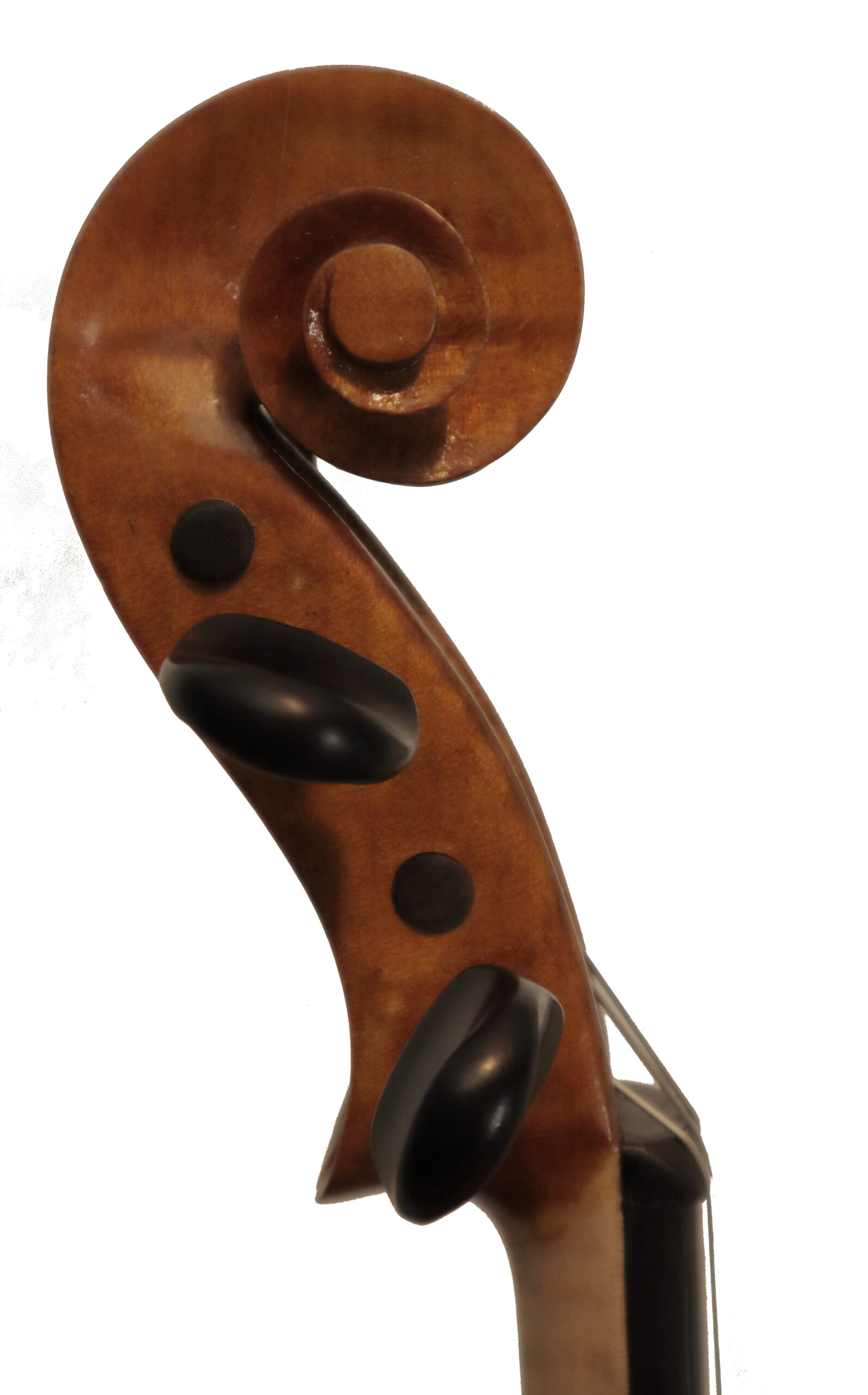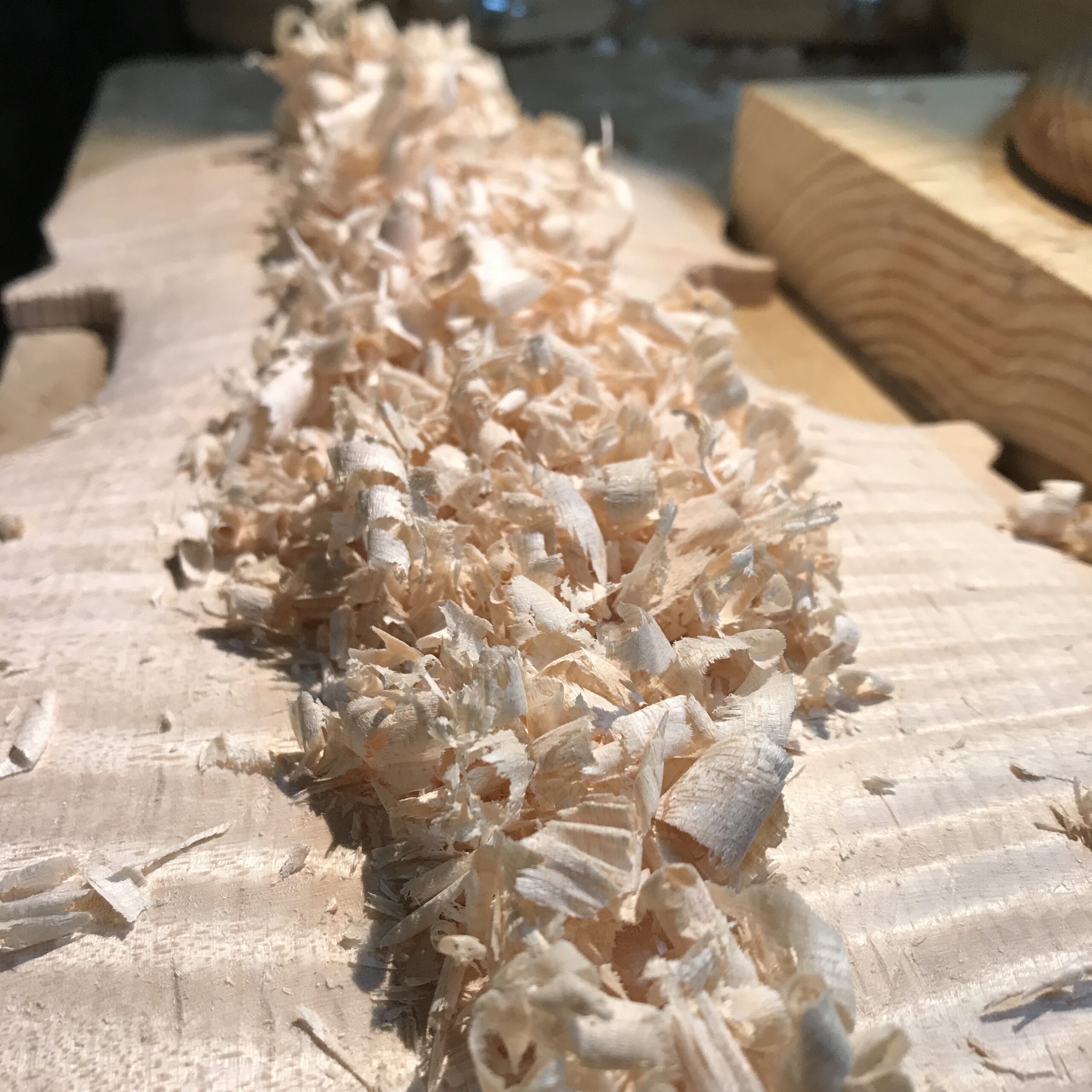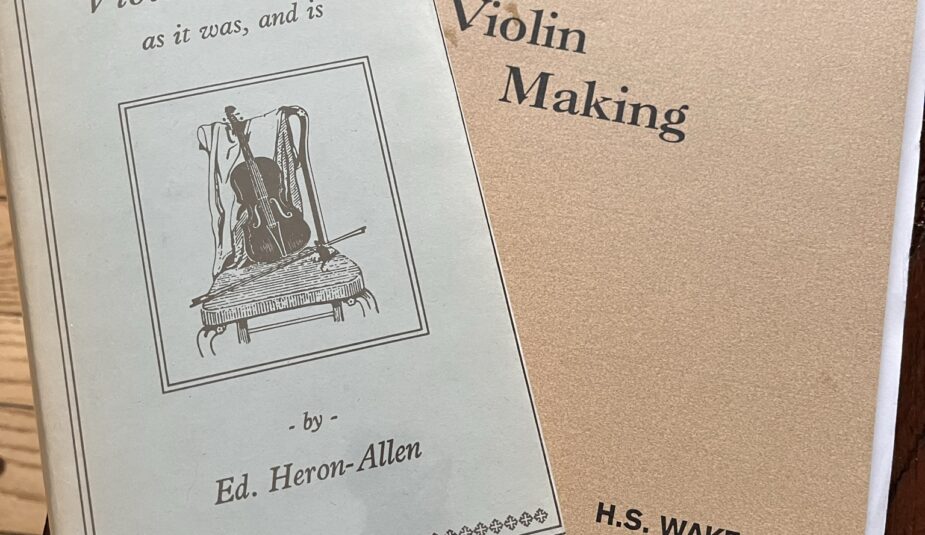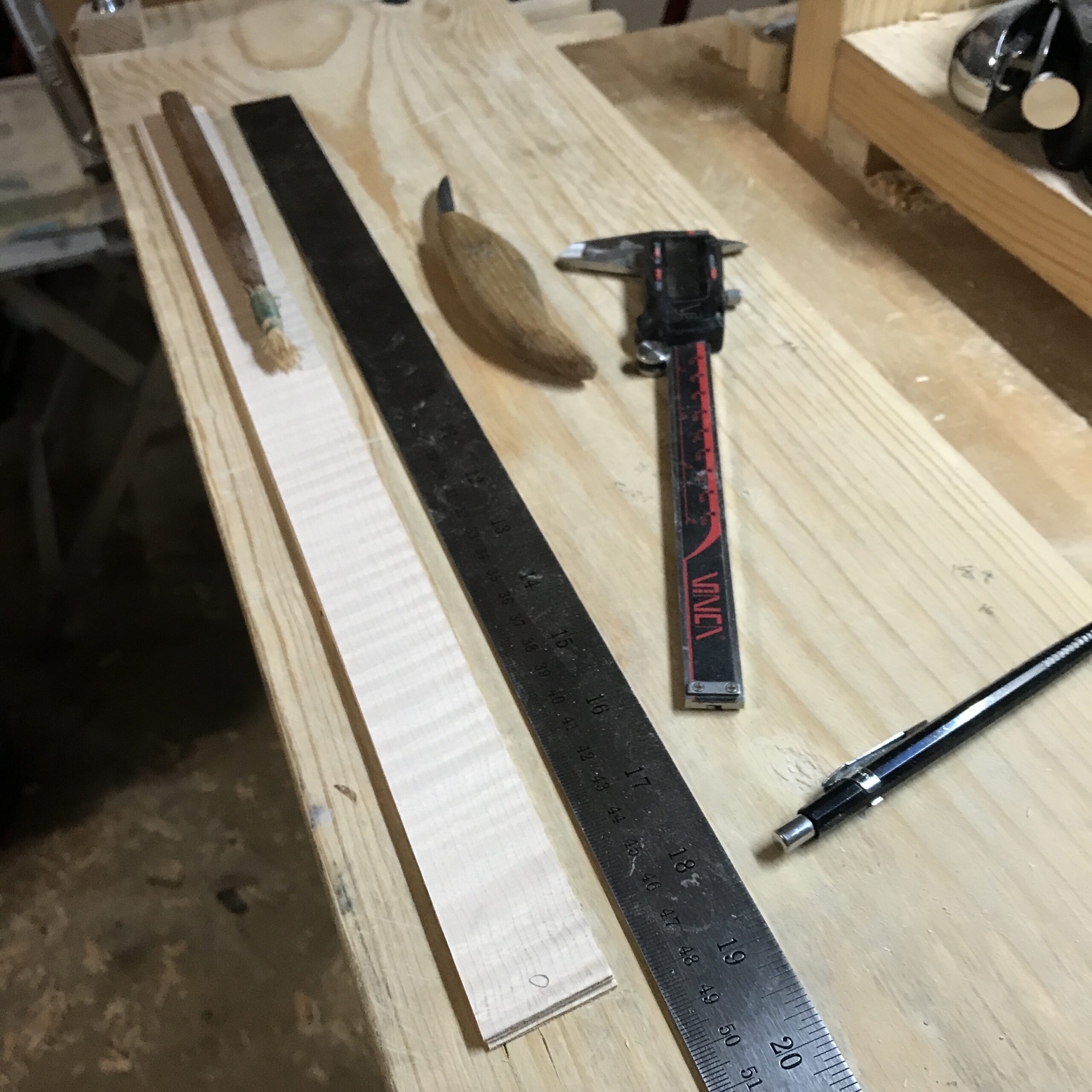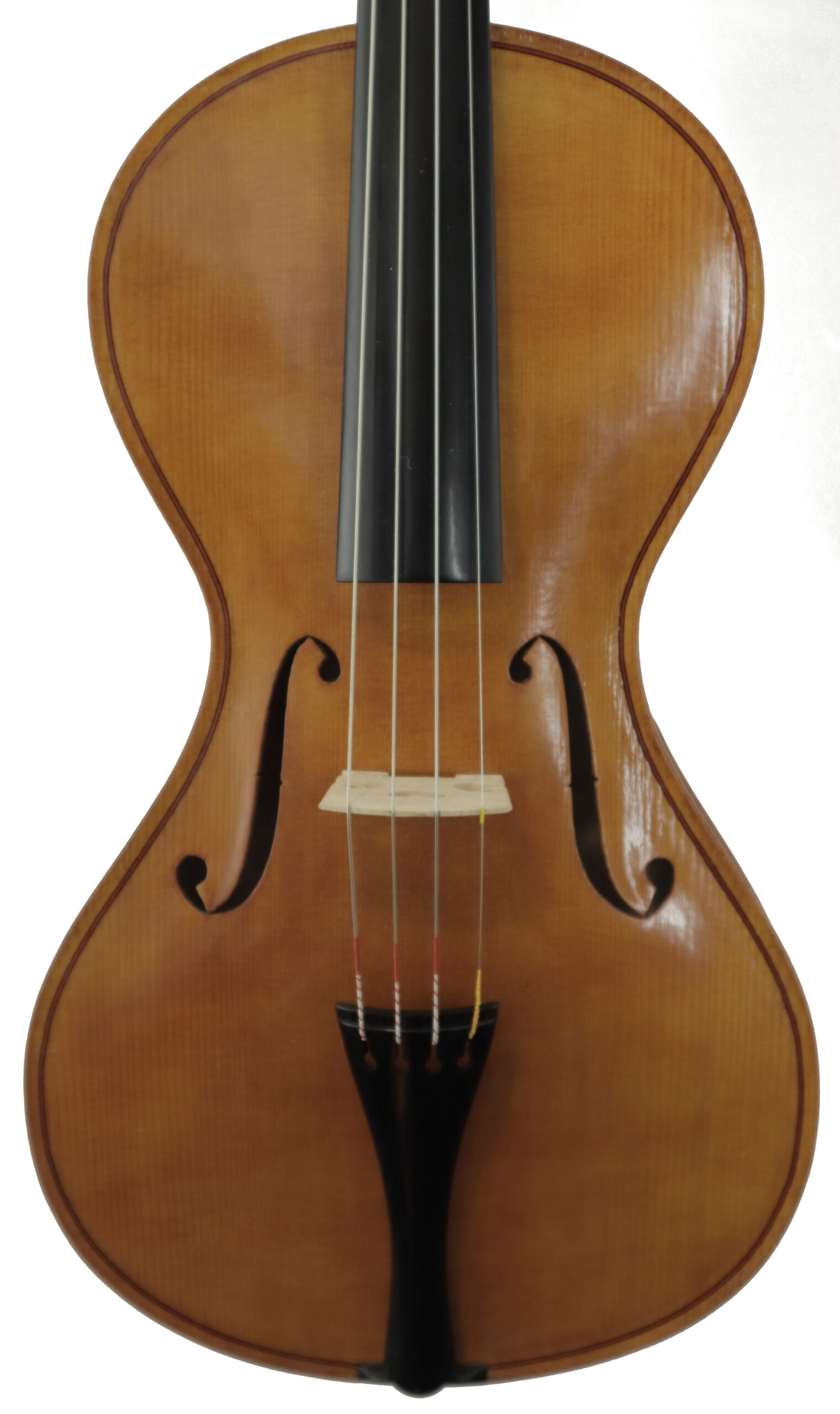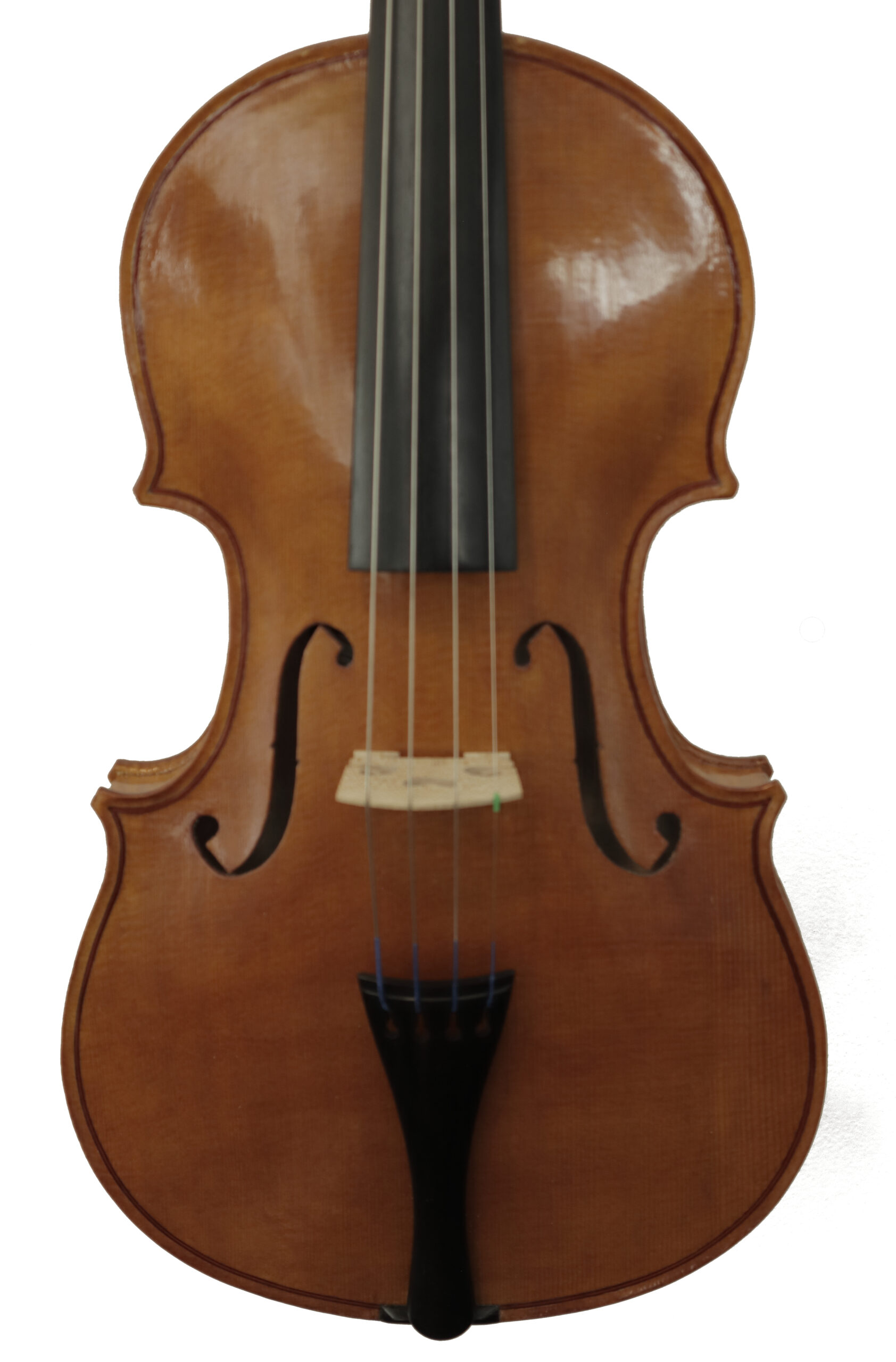The question “what varnish should I use” and “what is the best to finish a stringed instrument” is impossible to answer correctly. Every maker and amateur researcher seems to have an opinion on oil varnish versus spirit varnish and what the ingredients to use. Of all the things people agree and disagree upon when it comes to violin making, violin varnish is one where they deem you a fool or a maven and there isn’t much room in between.
Keep in mind as I discuss this topic, there are people out there who think the sound of Cremona violins sound so good because of the varnish used. I don’t believe an instrument sounds great because of varnish. The construction, wood and varnish together make a violin. This idea though is pervasive and I use the knowledge to weed out the bad info from the worst. What’s left is a hodge podge of ideas, formulas, over the counter options and hair pulling commentary.
Many instrument makers are trying to find the answer to a question that has no answer. What was the old recipe in use in Cremona between 1600 and 1750. There is no one complete and authoritative written answer. Some recipes have been recorded before and around the those times but I can’t find anywhere where any consensus of violin making experts think those recipes were used. Many think the varnish guild did their thing and kept luthiers and woods craftsmen beholden to them. Many believe the old makers used magic resins. Many believe some crazy stuff. There is a information and records from the 15, 16 and 17 centuries, however finding any real discernible and undeniable truth seems elusive. No one source is “the truth” and all the sources together make the top clear as mud.
I’ve given up finding the best varnish but I come back to the subject each time I prepare to varnish a violin. I haven’t read or seen anything lately to persuade me from my current formula. What is my formula? Spirit varnish. It was used in old instruments, made with 100% natural ingredients and I don’t have to cook oil or buy it from someone. The formula I use is based on two violin makers whose work I respect. One of the violin makers uses spirit varnish exclusively and the other only uses it on lower end violins. What’s interesting the one using spirit varnish sells their violins above 5 digits and the other uses oil on their master violins which goes for 5 digits and above, too.
I choose to follow makers I trust and in the end, if you buy one of my violins you will get a spirit varnished violin. I’m not changing my formula for some time. I can make violins any variation of red, brown and yellow. Besides, would you rather have someone make their violin varnish by selecting the best quality resins, mastics and shellac; or, someone who buys it over the counter or via the internet? I’ve made my choice.
While varnish is convoluted and complex topic, what till I write about the “ground” that goes under the varnish. You guessed it; there more items and combinations you can put on wood and few agree on anything. Maybe this disagreeing is the magic of making. Only the maker gets to decide what works for them.
For you, if you are a maker, how did you settle on a violin varnish? Do you vary it?
The picture in this post was two books I reviewed last night that inspired this post. I did get some new ideas to try, but I’m a long way off before I change a good thing..
